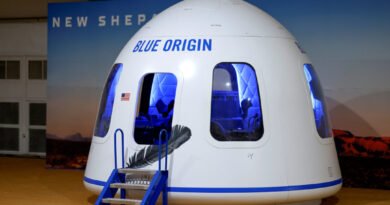Researchers believe that reevaluating existing data may have provided a resolution to the mystery surrounding Uranus.
Voyager 2 remains the only probe to have visited Uranus and Neptune, providing crucial data that shaped our understanding of these planets.
Voyager 2 space probe flew by Uranus in 1986, sending back crucial data that has shaped what scientists know about the planet. It’s still the only probe to visit Uranus and Neptune.
The readings sent back by Voyager 2 confused scientists because Uranus had a magnetosphere with electron radiation belts of an intensity just below that of Jupiter’s radiation belts, yet there was no source of energized particles to sustain those active belts.
“Voyager 2 observed Uranus’s magnetosphere in an anomalous, compressed state that we estimate to be present less than 5 percent of the time,” the paper states.
According to the paper, solar wind conditions present during the flyby may have completely thrown off the readings collected at the time, misleading the scientists’ understanding of Uranus, specifically its magnetic field.
After reviewing eight months of data from Voyager 2’s visit, they found that the solar wind had squashed its magnetosphere to about 20 percent of its usual volume.
“If the spacecraft had arrived only a few days earlier, the upstream solar wind dynamic pressure would have been around 20 times lower, resulting in a dramatically different magnetospheric configuration,” the scientists said in their paper.
A magnetosphere serves as a protective bubble around planets with magnetic fields, shielding them from jets of plasma streaming from the Sun. Its five moons were assumed to be dead worlds with no ongoing activity because Uranus’s magnetosphere contained little plasma.
The new study indicates that the moons might normally orbit inside the magnetosphere, staying inside the protective bubble. This would make it easier for scientists to detect potential subsurface oceans magnetically. Scientists believe that large subsurface oceans are a vital signifier of the potential to support life.
“We postulate that such a compression of the magnetosphere could increase energetic electron fluxes within the radiation belts and empty the magnetosphere of its plasma temporarily,” the scientists wrote in the paper. “Therefore, the interpretation of Uranus’s magnetosphere as being extreme may simply be a product of a flyby that occurred under extreme upstream solar wind conditions.”
After passing by Uranus in 1986, Voyager 2 continued on its journey and entered interstellar space, with estimates placing it about 13 billion miles from Earth.





